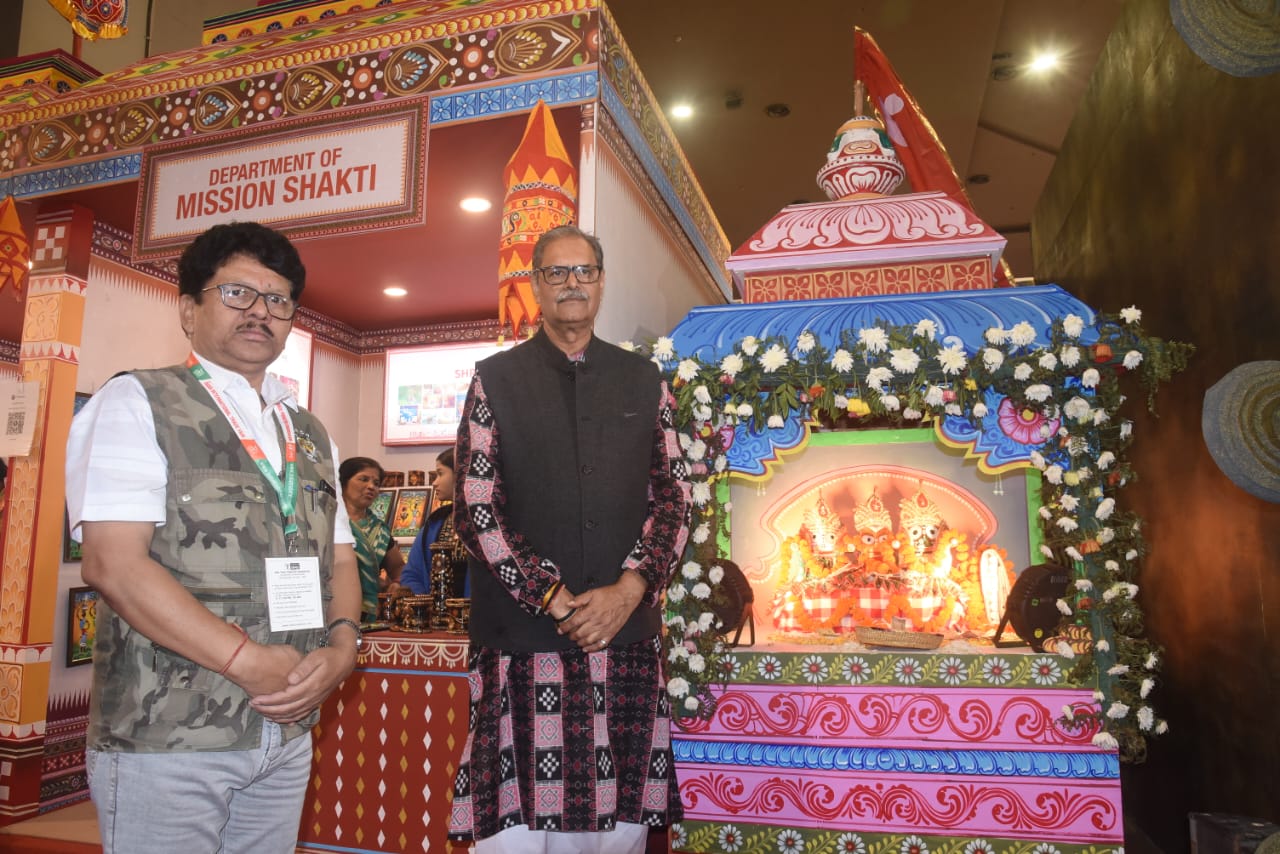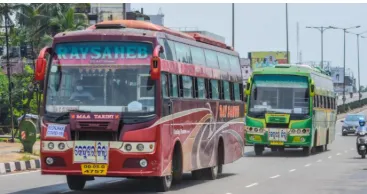The sweep in Bihar has felt less like an election result and more like a political tectonic shift – one of those rare moments when the ground moves, and suddenly the old reference points look outdated. The BJP-led NDA has stormed back to power with an almost audacious certainty, scripting a mandate that Bihar hasn’t witnessed since 2010. Yet, beyond the heady arithmetic of 202 seats and strike rates that would shame T20 teams, this verdict tells a deeper story – of political patience, social engineering, astute messaging, and one man who worked silently but relentlessly to architect the coalition’s biggest win in years: Dharmendra Pradhan.
In an election projected as a referendum on Prime Minister Narendra Modi’s enduring magnetism, Bihar quietly became a stage where political craftsmanship mattered as much as charisma, and Pradhan embodied that craftsmanship. To call the 2025 verdict a landslide is accurate but insufficient; it was a landslide manufactured brick by brick, booth by booth, narrative by narrative. It was not the result of a single wave, but the cumulative effect of many currents: women’s empowerment, caste recalibration, strategic welfare, digital mobilisation, and organisational discipline. And at the centre of this confluence stood a leader who understood Bihar’s pulse in a way few Delhi strategists ever manage to.
Pradhan’s imprint on this election was unmistakable. While PM Modi’s rallies provided the crescendo, Pradhan orchestrated the symphony. He spent months in the state—away from cameras, away from noise—stitching alliances, soothing tempers, rebuilding frayed bonds with JD(U), and energising cadres who had slipped into the complacency that large parties often suffer after successive national victories. If 2020 had left behind a bitter aftertaste for the NDA, 2025 was the year Pradhan turned that bitterness into resolve. His approach resembled that of a meticulous engineer fine-tuning a machine till every cog clicked into place. And in Bihar, they clicked with thunderous effect.
The election itself was a paradox—Bihar being India’s youngest state, with the promise of Gen Z’s unpredictability, yet delivering a mandate steeped in political memory. For years, the RJD had thrived on the “MY” coalition—one of India’s most enduring caste combinations. But this time, the NDA rewrote that political algebra. The shift didn’t happen overnight. Pradhan, Nitish Kumar, and the BJP’s state leadership recognised early that the 2025 contest would be won not by inflaming anxieties but by appealing to aspirations—especially of groups long written off as passive or peripheral.
The women of Bihar became the NDA’s most decisive constituency. Their turnout surpassed men yet again, but what stood out this time was the depth of their vote transfer to the NDA. Schemes like the Chief Minister’s Women Employment Programme and the Maiya Samman Yojana were not mere doles; they were instruments of dignity. A woman receiving financial assistance in rural Bihar isn’t just receiving money – she’s receiving a measure of freedom. The NDA’s strategists understood this, but it was Pradhan who pushed for a messaging model where these women weren’t shown as beneficiaries but as partners in the state’s progress. His own credibility as a grounded, accessible mass leader made that message believable.
It is easy to dismiss welfare politics as transactional. But in Bihar’s case, the welfare wave didn’t stand alone. It floated on a riverbed shaped by solid, visible development—roads, electricity, schools, safety—most of which the voter could touch, feel, or recount through lived experience. Nitish Kumar’s governance legacy may have wavered in recent years, but it hadn’t disappeared. Pradhan recognised that Nitish’s appeal among EBCs and Mahadalits remained unmatched, and he constructed the NDA’s caste arithmetic around that foundation. It was strategic humility at its most effective.
This humility was absent in the opposition camp. The RJD’s campaign appeared like a vintage film played on loop—soundtracks of old slogans, predictable caste messaging, romanticism for a political era Bihar had outgrown. Tejashwi Yadav campaigned with energy but not imagination. Congress, meanwhile, seemed unsure whether it wanted to contest, collaborate, or merely complain. Prashant Kishor failed to convert buzz into ballots. The INDIA bloc resembled a cricket team where everyone padded up but no one wanted to bat first.
The NDA, by contrast, ran an election that looked like a case study in coordinated complexity. At one end, there were backroom strategists like Anmol Sovit managing digital communication with military precision—5.2 million people reached daily through hyperlocal WhatsApp groups, instant narrative-setting at 9 PM war rooms, and a seamless chain of digital-to-ground execution. At the other end were field workers knocking on doors, musical bands carrying manifestos into remote tolas, and caste clusters being addressed with custom-crafted promises. It was electioneering executed with the discipline of a corporate merger and the emotion of a grassroots movement.
Yet, even that sophistication needed a human bridge—someone who could connect the command centre in Patna to the corridors of Delhi, someone who could align Nitish Kumar’s instincts with the BJP’s ambitions. Pradhan became that bridge. His political sensibility—sharpened in Odisha, tested nationally—helped him navigate Bihar’s layered complexities without stepping on local pride or ally sensitivities. The result was a partnership between JD(U) and BJP that not just worked but triumphed.
One could argue that Bihar’s mandate also reflected national mood. Modi remains India’s most formidable political force. But even Modi’s popularity needs effective translation on the ground—and this is where Pradhan excelled. He ensured that Modi’s appeals to women, youth, and first-time voters were personalised for Bihar, not delivered as generic slogans. In a state where political messaging often gets lost in translation—both literal and figurative—Pradhan made sure it landed exactly where it was meant to.
If elections are mirrors, the 2025 Bihar verdict is a mirror tilted toward India’s evolving political consciousness. Voters, especially young voters, have begun rewarding governance over grievance, empowerment over entitlement. The NDA’s rise in Muslim-dominated constituencies, its gains among EBCs, and its resonance with migrant workers suggest a shift away from rigid identity blocs. This is not a rejection of identity politics – it is an evolution of it.
The road ahead for the NDA in Bihar will not be without potholes. A coalition with such a massive mandate also carries equally massive expectations. Nitish Kumar’s fifth term will be watched closely, not indulgently. The JD(U)-BJP power balance will require careful handling. But with leaders like Pradhan guiding the larger narrative and maintaining inter-party coherence, the alliance appears better placed today than at any point in the past decade.
Politics is often compared to chess, but Bihar’s 2025 election felt more like a game of kabaddi – breath control, stamina, slyness, and timing all mattered. The NDA didn’t just cross the midline; it returned to its base with more points than anyone thought possible. And as the dust finally settles in Patna’s winter air, one thing is clear: Bihar has not merely given a mandate; it has issued a message. A message of trust in change-makers, in bridge-builders, and in leaders like Dharmendra Pradhan, who proved that in politics, the quietest players sometimes make the loudest impact.
- Government launches design-linked incentive scheme, extends telecom PLI by 1 year
- Siddipet, Telangana, MP Kotha Prabhakar Reddy of the KCR party was attacked during a campaign event
- I’ll return to the Lok Sabha in the future with a larger mandate: Mahua Moitra’s report on the expulsion
- India saw its worst heatwave on record in June






